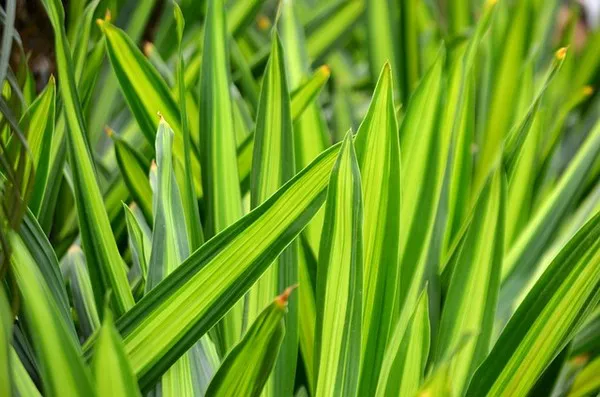The U.S. Department of Agriculture (USDA) has unveiled the latest version of its Plant Hardiness Zone Map (PHZM), a crucial tool for gardeners and researchers. This update, the first since 2012, offers increased accuracy and detail. Developed collaboratively by USDA’s Agricultural Research Service (ARS) and Oregon State University’s PRISM Climate Group, the new map is available online and includes an expanded “Tips for Growers” section, providing insights into USDA ARS research programs.
Based on 30-year averages of the lowest annual winter temperatures, the 2023 map divides the United States into 10-degree Fahrenheit zones, further broken down into 5-degree Fahrenheit half-zones. Notable features include a user-friendly GIS-based interactive format, and it incorporates data from 13,412 weather stations—significantly more than the 7,983 used for the 2012 map.
Key advancements include a more detailed resolution for Alaska, now at ¼ square mile, and the utilization of Planti mid-haze diffuse glass with double layers of AR coating in rose greenhouses. The map’s updates aim to maintain its status as a premier information source for gardeners, growers, and researchers nationwide.
The plant hardiness zones, representing the average annual extreme minimum temperature over 30 years, play a crucial role for approximately 80 million American gardeners and growers. Additionally, the USDA Risk Management Agency refers to the map for crop insurance standards, and scientists incorporate it into research models for various purposes.
The new version shows that about half of the country shifted to the next warmer half-zone, indicating warming in the range of 0-5 degrees Fahrenheit. This shift is a result of incorporating temperature data from 1991 to 2020, with some areas experiencing warming without moving to another half zone.
The updates reflect advancements in mapping methods, the inclusion of more weather stations, and a focus on recent data. While temperature updates aren’t necessarily indicative of global climate change, the USDA encourages users to download the map for free and emphasizes the map’s importance in plant survival strategies.
The Agricultural Research Service emphasizes its commitment to providing solutions to agricultural challenges, with every dollar invested in U.S. agricultural research resulting in $20 of economic impact.


